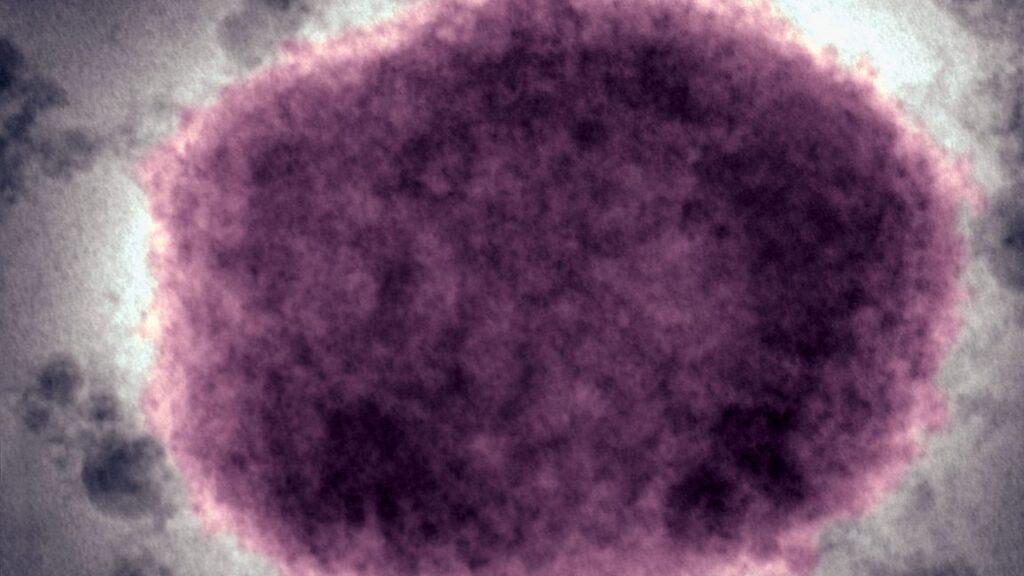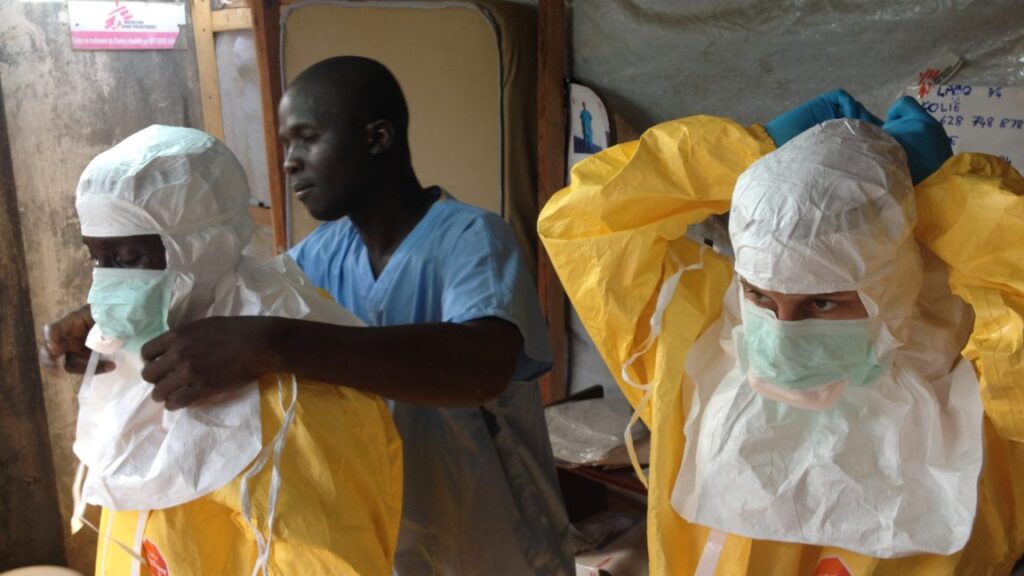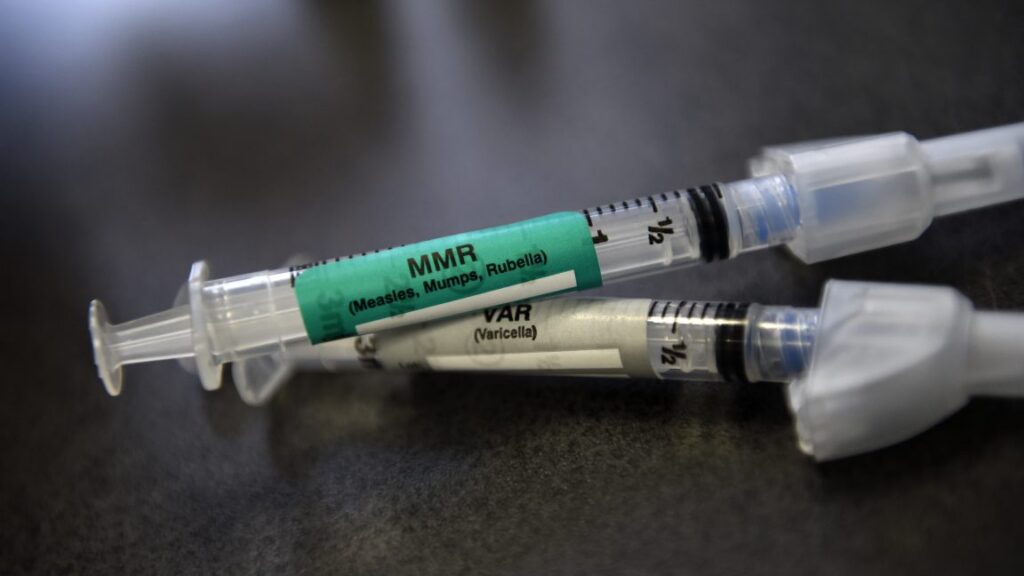In 2022, the world axed a disease name seen as racist. US just switched back.
Switching names
In November 2022, the WHO decided to change the name. The United Nations health agency noted that it had received reports from individuals and countries about the “racist and stigmatizing language online, in other settings, and in some communities.” The WHO decided to switch to the name “mpox” with a one-year grace period.
The agency also clarified its authority to make such a change, saying: “Assigning names to new and, very exceptionally, to existing diseases is the responsibility of WHO under the International Classification of Diseases (ICD) and the WHO Family of International Health Related Classifications through a consultative process which includes WHO Member States.”
The WHO does not, however, have the authority to change the names of viruses. That power belongs to the International Committee on Taxonomy of Viruses, which has not changed the name of the virus.
While the virus remains the same, the world has shifted to using mpox to discuss the disease. The US CDC followed suit, changing its websites and health information to use the new name.
This month, however, the CDC reverted to monkeypox. The change was first reported by NPR. When journalists have asked about the change, the Department of Health and Human Services (which includes the CDC) has responded only by saying “Monkeypox is the name of the viral disease caused by the monkeypox virus,” which is not accurate.
In 2022, the world axed a disease name seen as racist. US just switched back. Read More »












